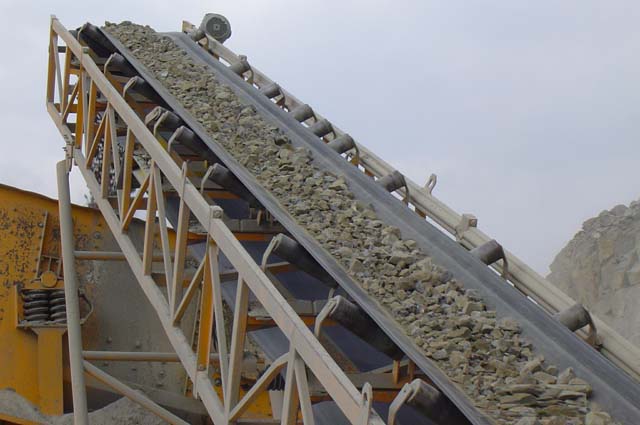How to select conveyor systems
To select a conveyor system, first, answer these questions about the application.
1. What types of products is the application moving?
Conveyors for material handling of the bulk products are more rugged than those for moving discrete products. In contrast, the latter often requires conveying equipment that can advance products with more precision.
2. How does surrounding equipment interact with the product riding on the conveyor?
Conveyor class 1 includes material-handling uses in which the conveyor serves as an artery to transport bulk or discrete product in a steady stream (with little interaction along the way). Class 2 includes conveyors that act as bridges to take products from one location or machine to another. Class 3 includes conveyors that take materials into or out of machines or stations; class 4 includes conveyors that run right through machinery without break.
The first two classes generally prioritize ruggedness or throughput. The last two classes need positioning and (in many cases) custom workpiece pucks to steady the product while machines perform work on the product pieces.
3. What is the maximum weight of the product being moved?
4. Does the conveyor need to operate at a certain speed?
5. Does the application require the conveyor system to have inclines, declines, or curves?
Look for conveyor features that secure or enclose material or product onto the conveyor.
6. Will moisture be present in the application? Does the application need to be sanitary? Look for rugged or washdown-ready conveyors with open frames.

